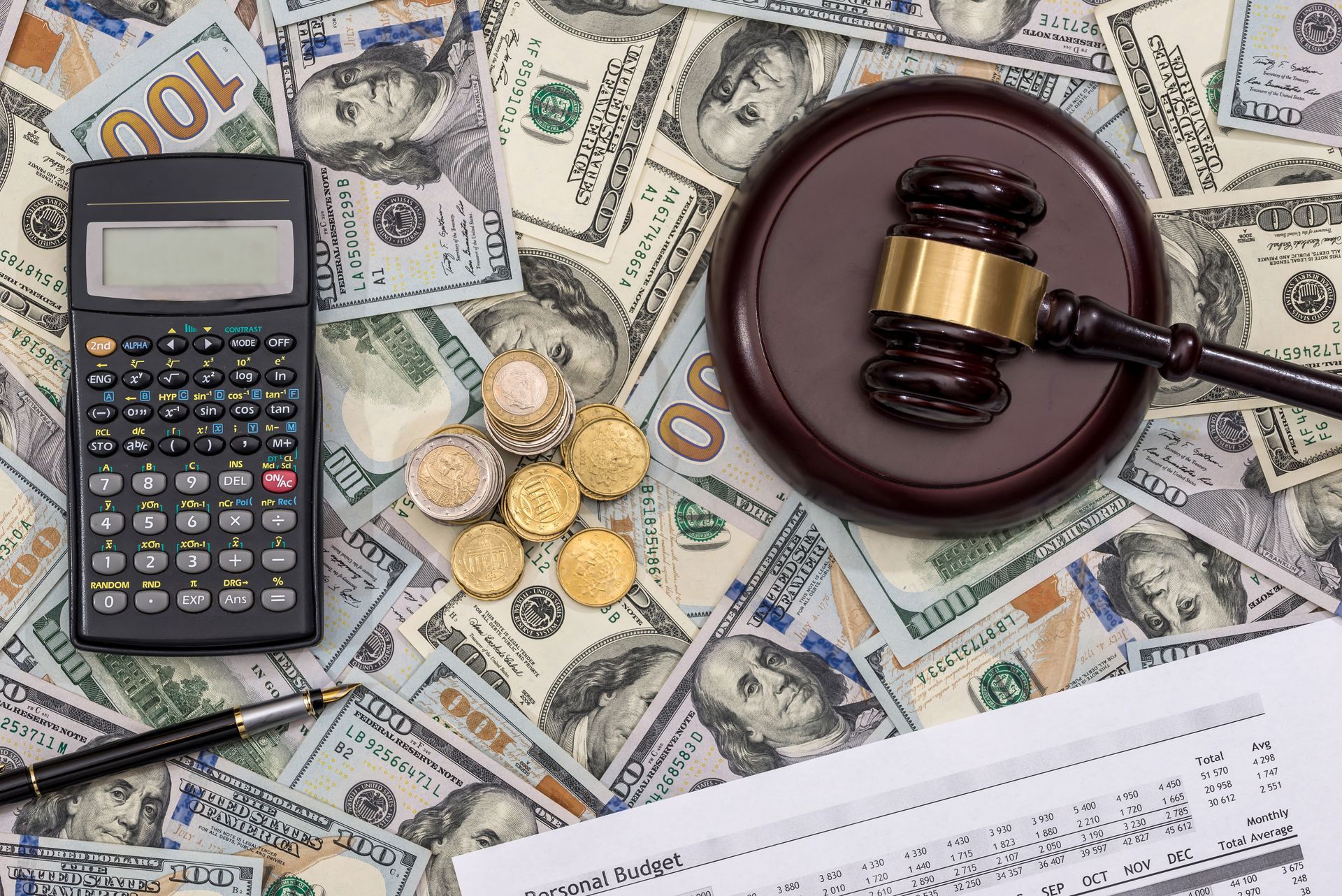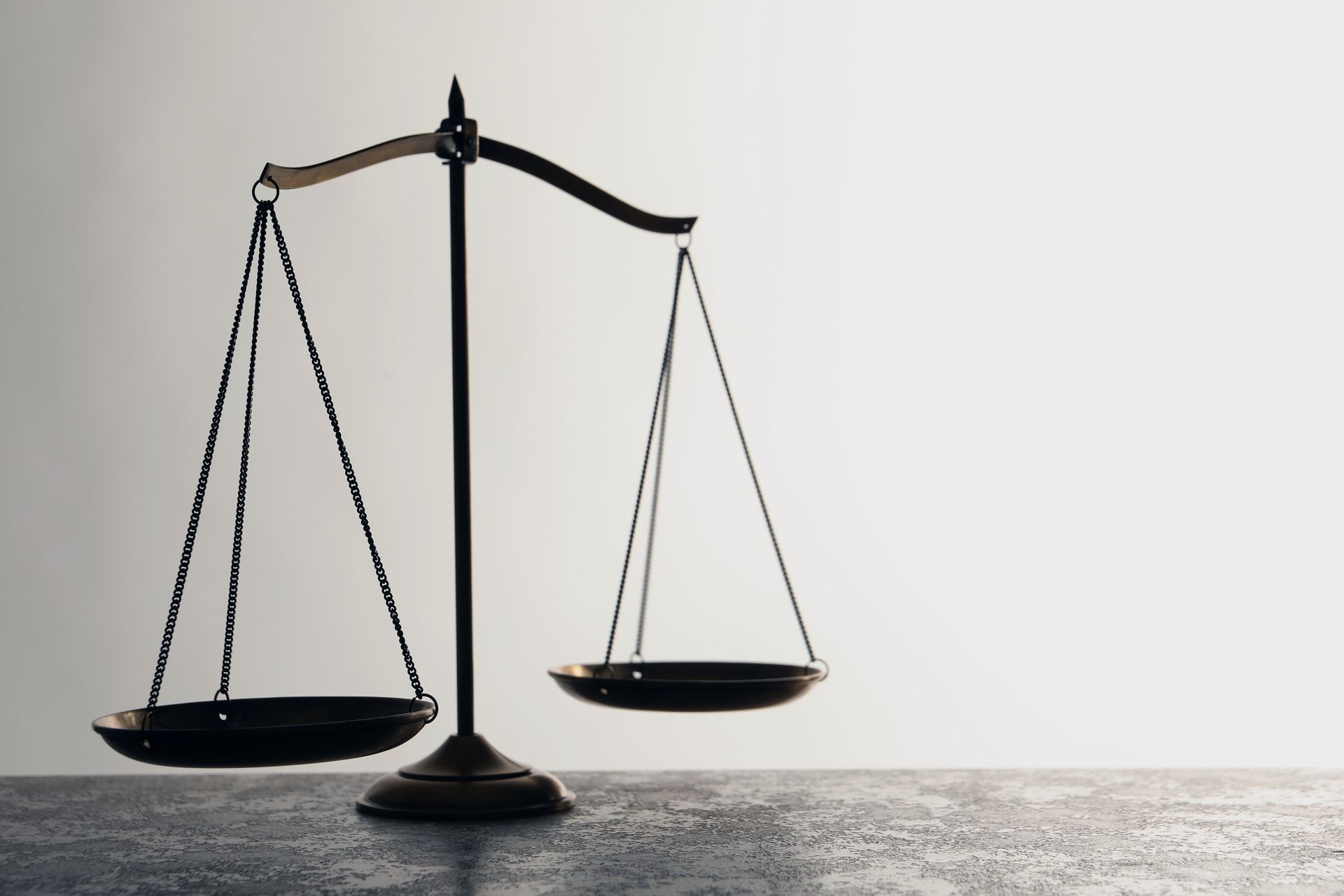Navigating Chapter 13 Bankruptcy in Texas
Filing for bankruptcy can be a challenging decision, but it is often a necessary step towards achieving financial stability. Chapter 13 bankruptcy, in particular, offers individuals an opportunity to reorganize their debts and develop a repayment plan over a three to five year period. However, questions often arise around how often this option can be accessed. In this blog post, we will explore how often you can file for Chapter 13 bankruptcy, whether you can file more than once, and whether it is possible if you have filed for Chapter 7 bankruptcy previously.
To start with, you can file for Chapter 13 bankruptcy more than once, but this requires meeting certain conditions. Generally, the US Bankruptcy Code controls this aspect of bankruptcy. The Code provides waiting periods between filing another Chapter 13 bankruptcy case as follows:
- If you received a discharge in your previous Chapter 13 case, you must wait for at least two years before filing for another Chapter 13 case.
- If your previous Chapter 13 case was dismissed, you must observe a 180-day waiting period before filing again.
However, you may be able to shorten the waiting period if you paid at least 70% of your unsecured claims in your previous Chapter 13 cases or had no claims to pay in it.
Although Chapter 13 bankruptcy discharges most debts except for certain claims like fraud-related debts and unpaid taxes, it is not the only type of bankruptcy option available. Chapter 7 is another option. But if you previously filed for Chapter 7, you will be subject to the so-called Chapter 20 bankruptcy restrictions.
A Chapter 20 bankruptcy occurs when someone files for Chapter 7 bankruptcy and receives a discharge on their debts but still needs to reorganize their non-dischargeable debts, e.g. taxes and child support. In this scenario, a debtor can then file for a subsequent Chapter 13 and enroll into a repayment plan.
It's worth noting that filing for Chapter 13 bankruptcy can benefit you in several ways in Texas. First, if you're behind on mortgage payments and can't otherwise save, you can use Chapter 13 to catch up. Second, you may be able to reduce the interest rate on certain debts, reducing the total repayment amount. Third, filing for bankruptcy can stop wage garnishments and creditor harassment.
However, filing for Chapter 13 bankruptcy is not always the best option for everyone. With the help of a bankruptcy lawyer or a debt solutions expert, you can learn what options are best to reach your financial goals and discharge your debts.
Navigating Chapter 13 bankruptcy in Texas can be overwhelming, particularly when it comes to the waiting period between filings and the Chapter 20 bankruptcy restrictions. Nevertheless, filing for Chapter 13 bankruptcy is an excellent solution for Texas residents struggling with a heavy debt burden. In essence, it's possible to file for Chapter 13 bankruptcy more than once, but with waiting periods in place. Meanwhile, the option to file for Chapter 13 bankruptcy after filing Chapter 7 depends on many factors that an expert needs to review. Seek the help of a bankruptcy attorney to help determine your best next steps towards financial freedom.











